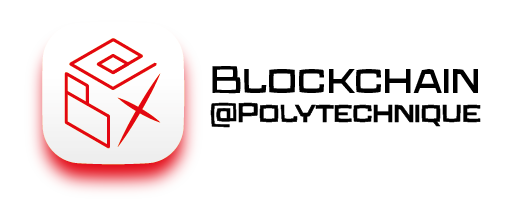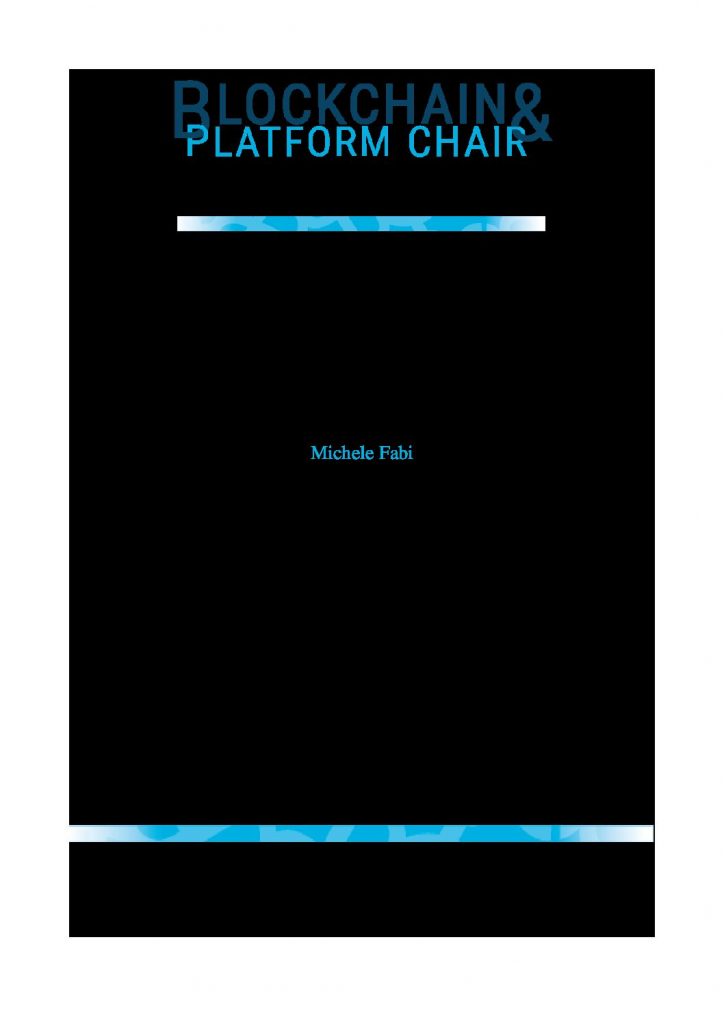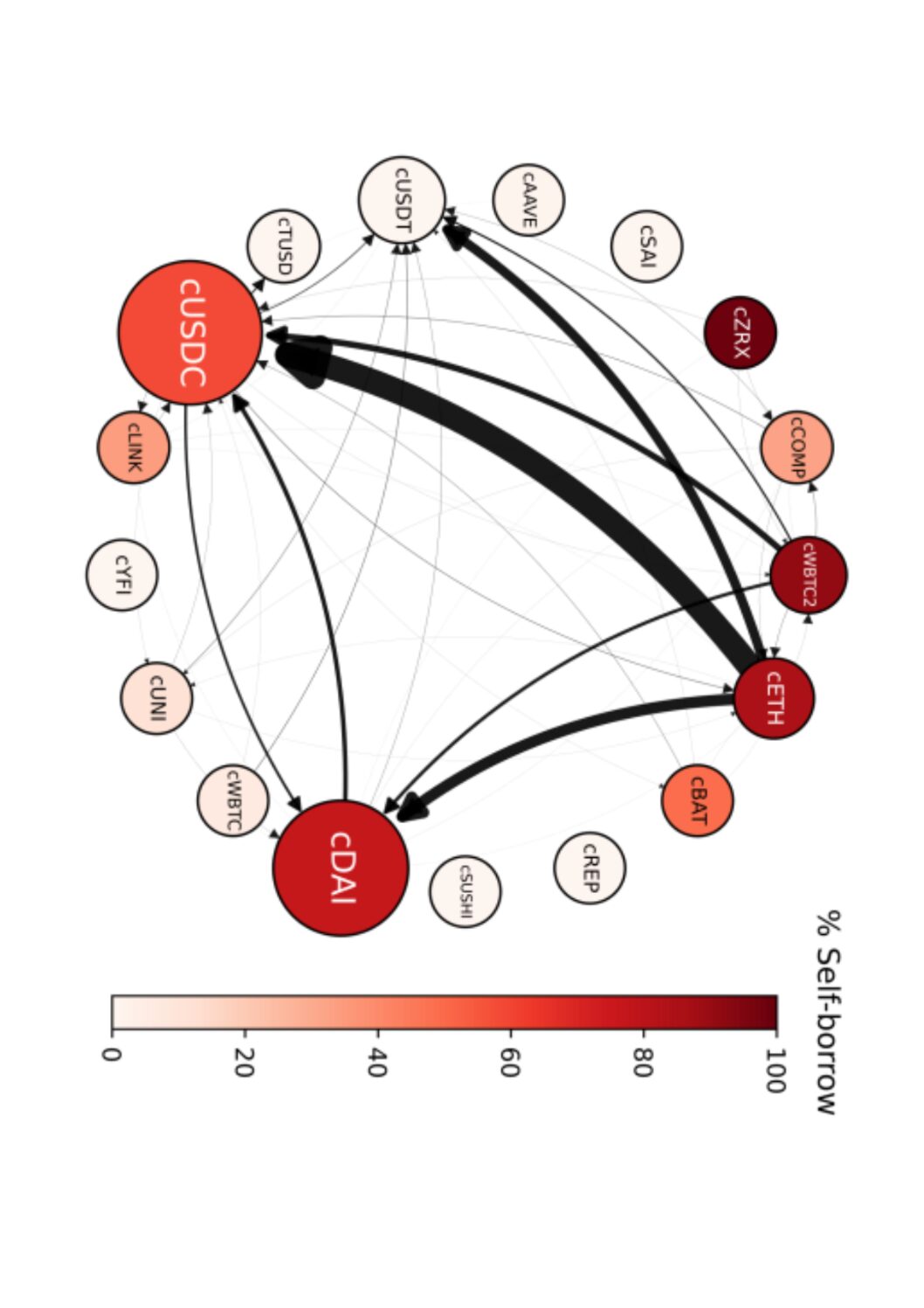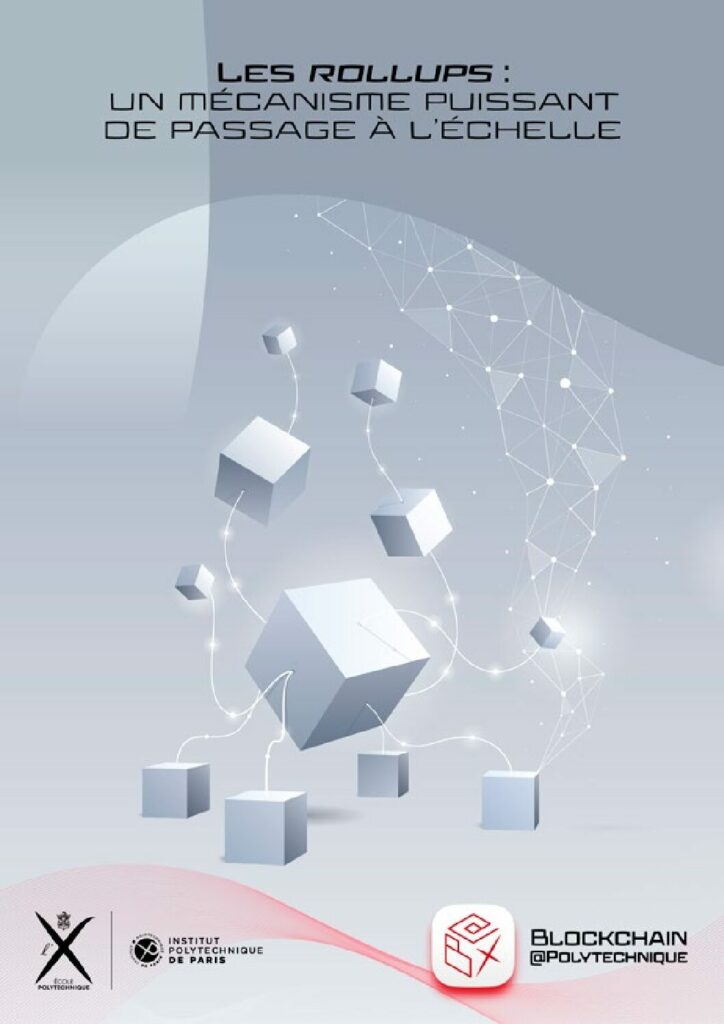
Optimal cryptocurrency design: seignorage versus transaction fees
This paper studies how transaction fees and seigniorage, equivalent to inflation in the cryptocurrency setting, affect miner incentives and trade congestion. Each cryptocurrency miner chooses how many new transactions to group into the next block of transactions that the miner competes to validate. The successful miner earns (i) transaction fees from traders seeking to record their transfers and (ii) the new cryptocurrency units or seigniorage created by block validation. Pro rata transaction fees encourage miners to include more transactions per proposed block but larger blocks transmit more slowly, raising the risk of invalidation. Raising the seigniorage to fee ratio reduces the number of transactions recorded per block. When miners choose small blocks, congestion levels rise and eventually trade breaks down, making the cryptocurrency unviable. This requires a minimal ratio of seigniorage to fees. Optimal cryptocurrency design maximizes trade efficiency subject to miner participation constraints and these miner incentives.





